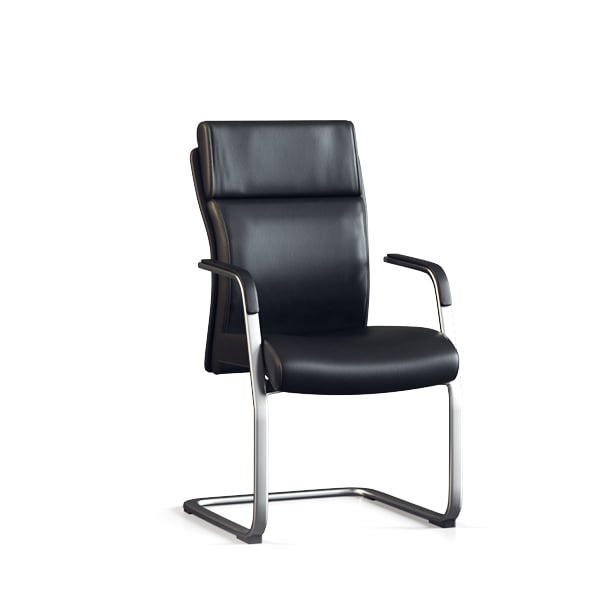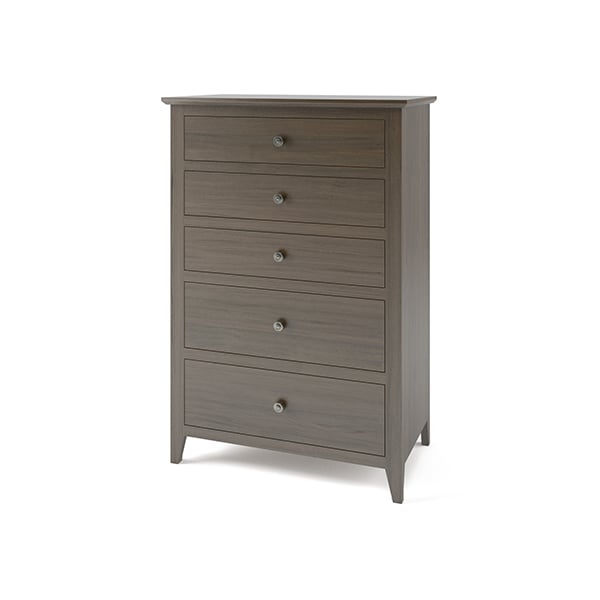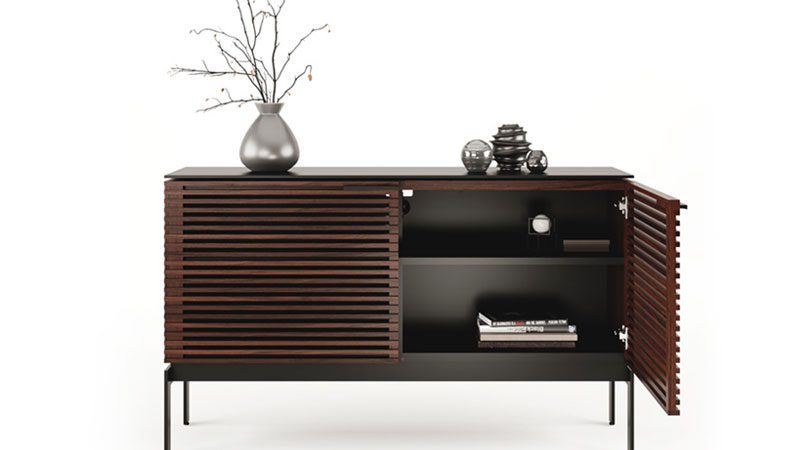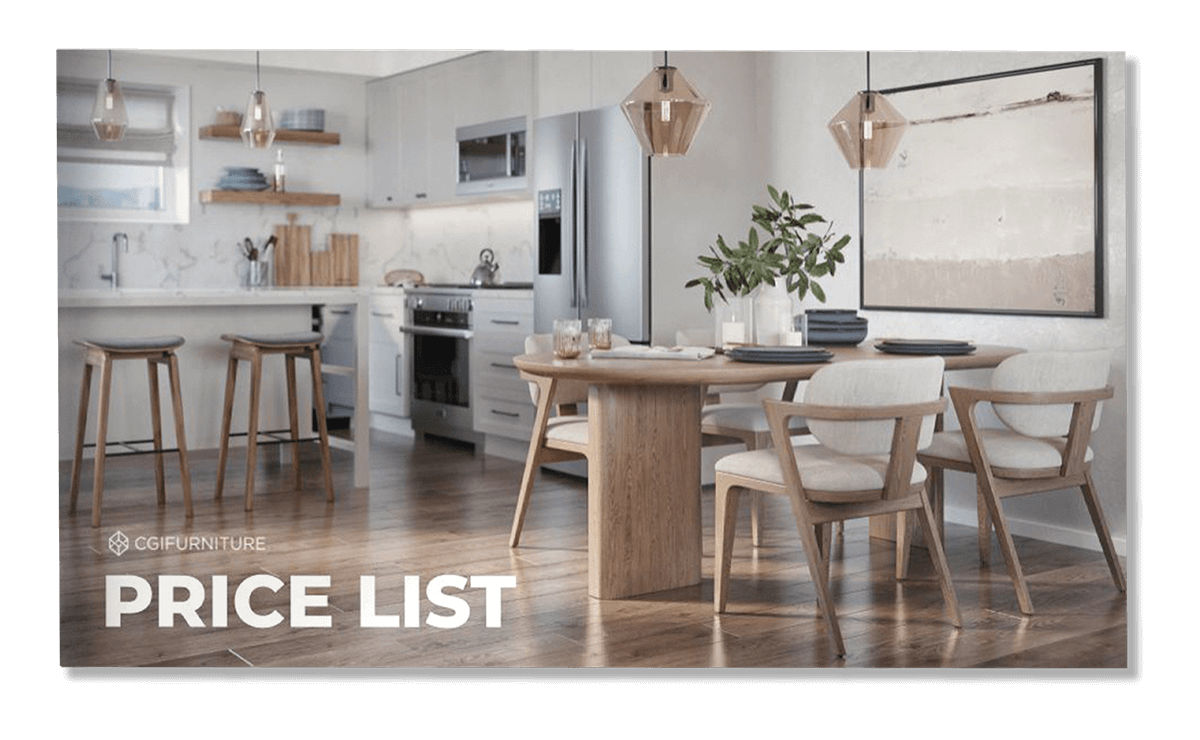3D Product Spins vs 3D Images
What’s Better?
Traditionally, good returns are one of the biggest headaches for e-commerce manufacturers and retailers. People who send products back claim they had no opportunity to see the object from all angles before purchase, and several given pictures were simply not enough. That’s why many brands switch to 3D product spins for more effective product presentations.
The idea behind 3D spins or 360° views is to recreate the brick-and-mortar experience when shoppers can rotate the object as they like to examine it. As a result, a buyer feels like they have almost held the product in their hands and seen it in detail.
But are 3D spins really necessary and is it easy to incorporate them into existing marketing strategies? As a 3D rendering company that provides both 3D images and 360° views, we know each solution has its benefits. But just for this one article, let’s compare 3D product spins with 3D images by 5 criteria and find out which CGI tool has more advantages.
#1. All-Round Demonstration of the Product

The static 3D picture shows only one angle of the product – the one it was taken from. Therefore, to showcase the goods from different angles, manufacturers and retailers need to upload a bunch of images to the listing, hence, order more views of the product.
On the other hand, 3D product spins provide a full 360° view of the item. Using it, buyers can rotate the 3D model with either a mouse pointer or a fingertip on a smartphone to see all around it. Thus, not a single detail will escape the buyers’ attention and they can make a much more conscious purchase choice.
#2. Showing the Quality and Details of Product Design
Naturally, if made by professional CG artists, 3D pictures look absolutely life-like and are of high quality. However, when you upload them to the Internet, they may get compressed by the website. If this happened and you try to zoom in some details or the texture of an object, a picture turns into a hot mess of pixels where you can’t see anything whatsoever.
When it comes to 3D product spins, they are made with special CG modeling technology that’s called 3D model retopology. We don’t want to bother you with professional terminology – to put it simply, 3D retopology allows turning a highly-segmented 3D model into a 3D object with simpler geometry. But at the same time, 3D retopology doesn’t affect its quality.
As a result, a 360° view takes only a few seconds to render by a smartphone and computer graphic card so the app runs smoothly. Thus, users can easily zoom the 3D spin as they like and perfectly see each little seam of the item.
#3. Customer Experience and Interactivity

With all our love for top-notch 3D images, they are not the most interactive option. Aside from leaving comments under the picture, buyers can’t really interact with the static image. Surely, they can zoom it in and out but it doesn’t provide them with new experiences.
On the other hand, 3D product spins are made to interact with viewers. Seeing a 360° model encourages customers to try it and they immediately start rotating and zooming the 3D spin. Of course, shoppers spend some time on the website page while playing with a 360° model. Therefore, it not only entertains them but increases the conversion of the website at the same time.
#4. Effectiveness for Visual Marketing Campaigns

Speaking about promo and visual marketing, obviously, you need outstanding content. Mainly, marketers use striking pictures and add copy and emojis on top. It surely works, but content plans that contain static images only never really win because users like to see different content. Thus, marketers should balance motion and static CGI on brands’ pages. However, creating product videos can be very expensive. Could a 360° view be an option?
Although 3D product spins are not the newest feature, they still are more engaging than static pictures. According to this case study, a 360° view increases brands’ sales by 9.6%! As we see it, customers consider a 3D spin as a fun thing to play with, and marketers are able to monetize this fun by adding a copy or CTA on top of a 360° view.
#5. Multi-Usage and Integration in Different Marketing Channels
What kind of multipurposeness can 3D pictures offer? Surely, 3D images, especially furniture lifestyles, work perfectly for online and print catalogs, product adverts, and so on. Also, marketers can post pictures as they are, or create collages out of them for social media. However, 3D images are not the most advanced option for applications and motion solutions.
As for 3D product spins, you can integrate a 360° model into VR and AR apps, and animation, or use it for a 3D configurator. No doubt, e-commerce never stands still, and even if marketers don’t need a 3D configurator right now, tomorrow it can become a new norm for all sellers. Since being innovative and prepared is key to success in such a competitive field, having 360° spins for your products seems like a wise investment.
Besides, we remember that one 360° model consists of at least 36 product pictures, right? Therefore, you can get them out of your 3D spins and use them for online catalogs and visual marketing content.
In fact, there’s no winner in the 3D product spins vs 3D images competition. Both these CGI tools are effective and useful but each one of them has its purpose. 3D pics are the only way to promote goods in catalogs and create stunning lifestyles. However, 3D spins are considered a more innovative tool because of their interactivity and motion.
Need effective product promo visuals? With our 3D rendering services, you get CG solutions of photorealistic quality made by top 3D experts!




Leave a Reply
Want to join the discussion?Feel free to contribute!